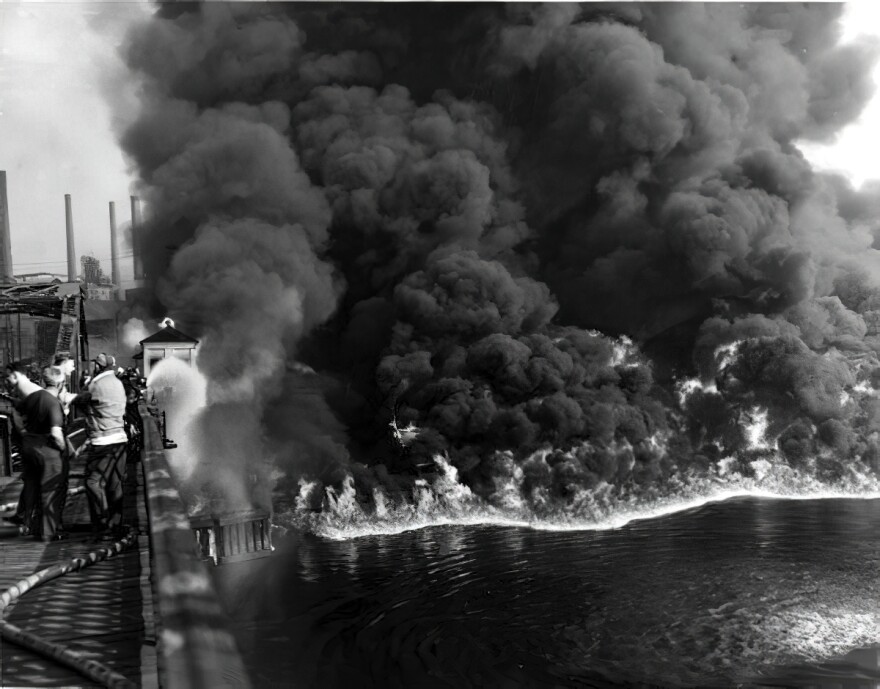This year marks the 50th year of the Clean Water Act. Several environmental groups argue that promises of the landmark law are half-kept at the half-century mark. Fifty percent of the country's total miles of streams and rivers are classified as “impaired” because of pollution.
The law was passed by Congress in 1972 after news media published stories about polluted rivers catching fire, such as the Cuyahoga in Cleveland and the Rouge in Detroit.
The Clean Water Act’s primary goal is that water should be clean enough for fishing and swimming. Today many states fail that goal.
The Environmental Integrity Project (EIP) compiled a report using state and federal data to measure how states are faring.
“Michigan, if you look at the data, ranks number one in the U.S. for the most total miles for rivers and streams impaired for fish consumption,” said Tom Pelton, a spokesperson for EIP.

Of course, Michigan’s total miles of rivers is far greater than many states to begin with.
Michigan fish are contaminated. Several different toxic chemicals such as mercury, PCBs, and PFAS are detected in some fish. Almost every watershed has some degree of one toxic chemical or sometimes multiple chemicals.
In the report, Michigan had the fourth highest number of miles of rivers and streams that are impaired for swimming and recreation. Bacteria from livestock farms or from leaky septic systems can contaminate waterways, making swimming risky.
Nutrient runoff from farm fields contributes to algal growth in inland lakes and in some cases leads to cyanobacteria as has been seen in the western basin of Lake Erie.
“We really — and this is difficult politically — but we have to confront the fact that agricultural runoff is really the leading cause of water pollution in the U.S. today. I don’t think that was true so much 50 years ago,” said Eric Schaeffer, executive director of EIP.
The group’s report indicates the U.S. Environmental Protection Agency needs to close the loophole for agricultural runoff and regulate the pollution sources from farm practices.
It also wants the EPA do a better job of complying with the Clean Water Act’s mandate for updating limits for discharged pollutants as technology advances.
The authors of the report also discovered that some states do a much better job at assessing the impact of pollution in water, and their numbers seem higher than other states because they are actively looking for problems. Some states don’t make that kind of effort. The group says EPA or Congress should impose more consistent, universal guidelines for determining water impairment designations for all 50 states.
It concludes that the goal of the Clean Water Act’s target of fishable and swimmable waterways is a big job, but the EPA needs to make a greater effort to achieve it.






